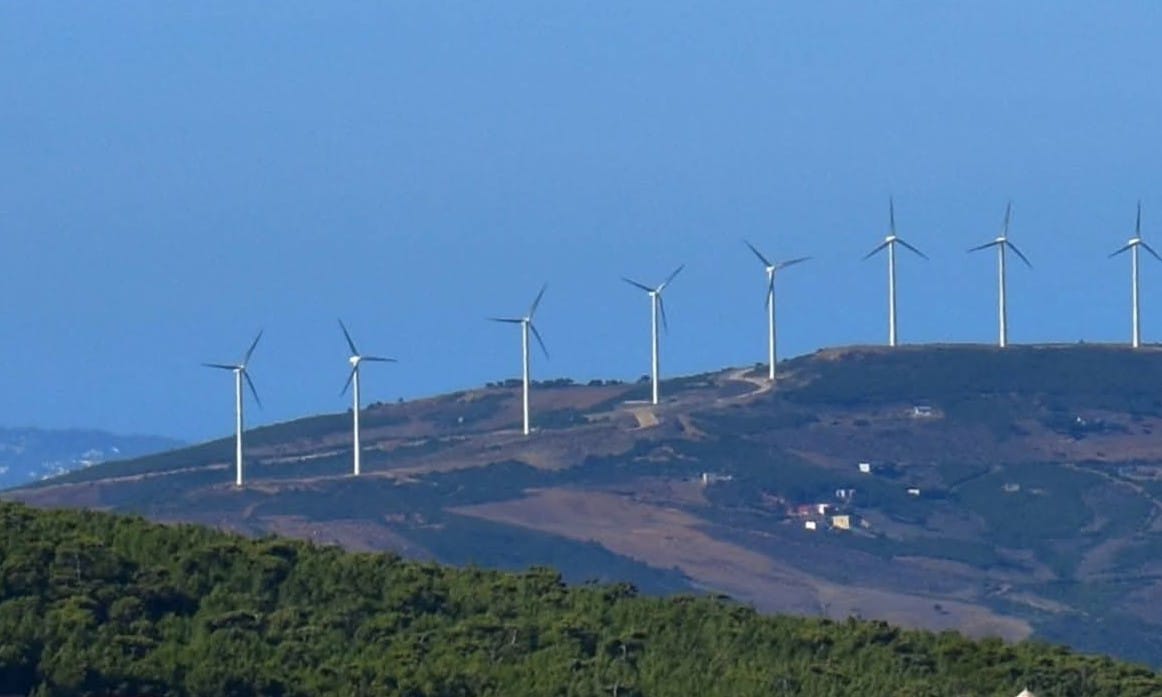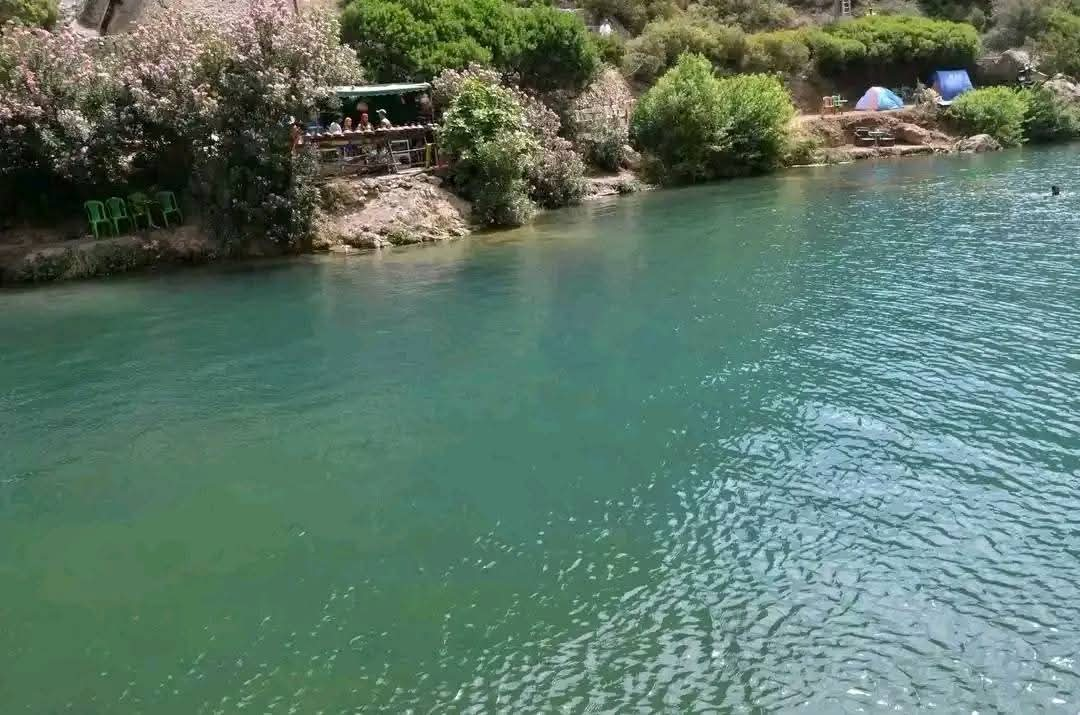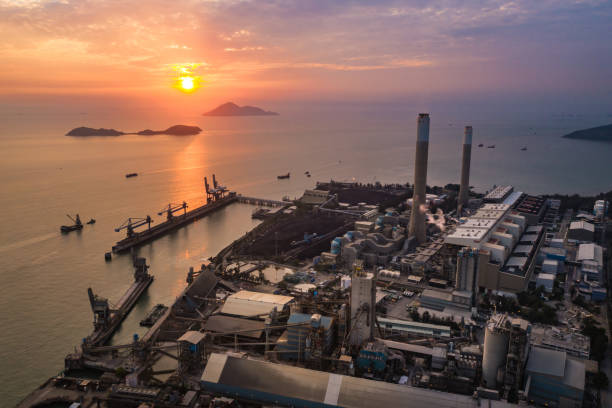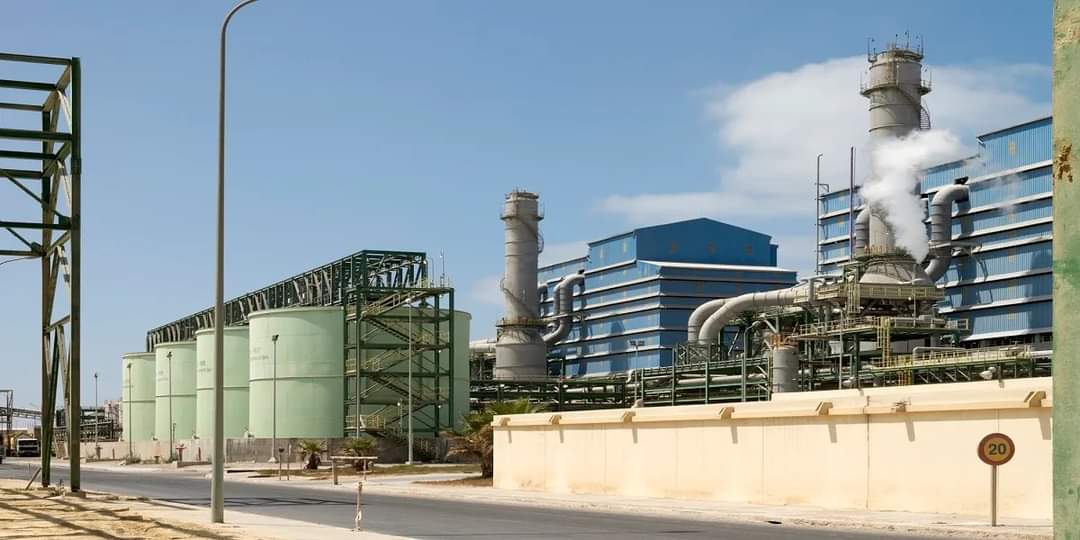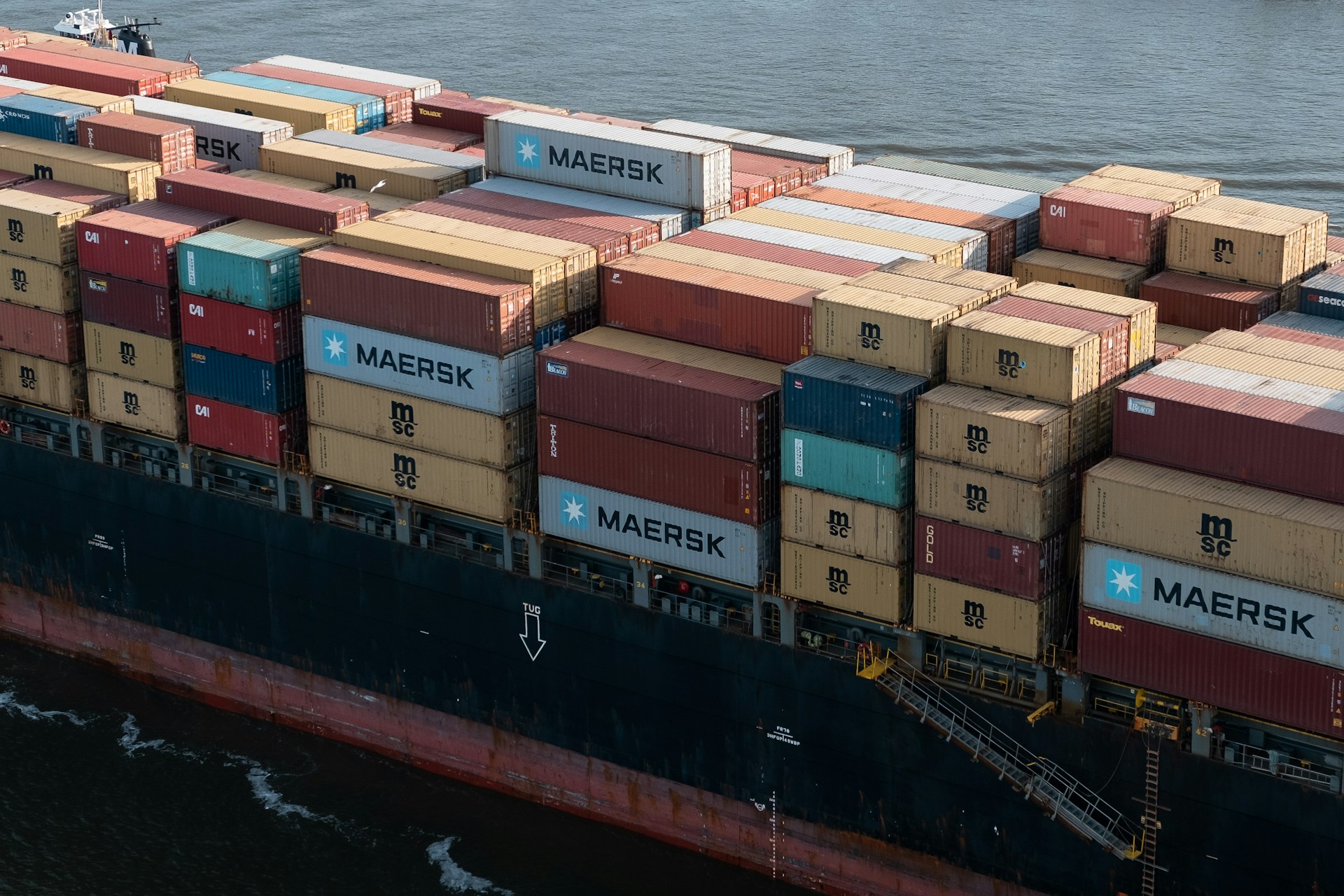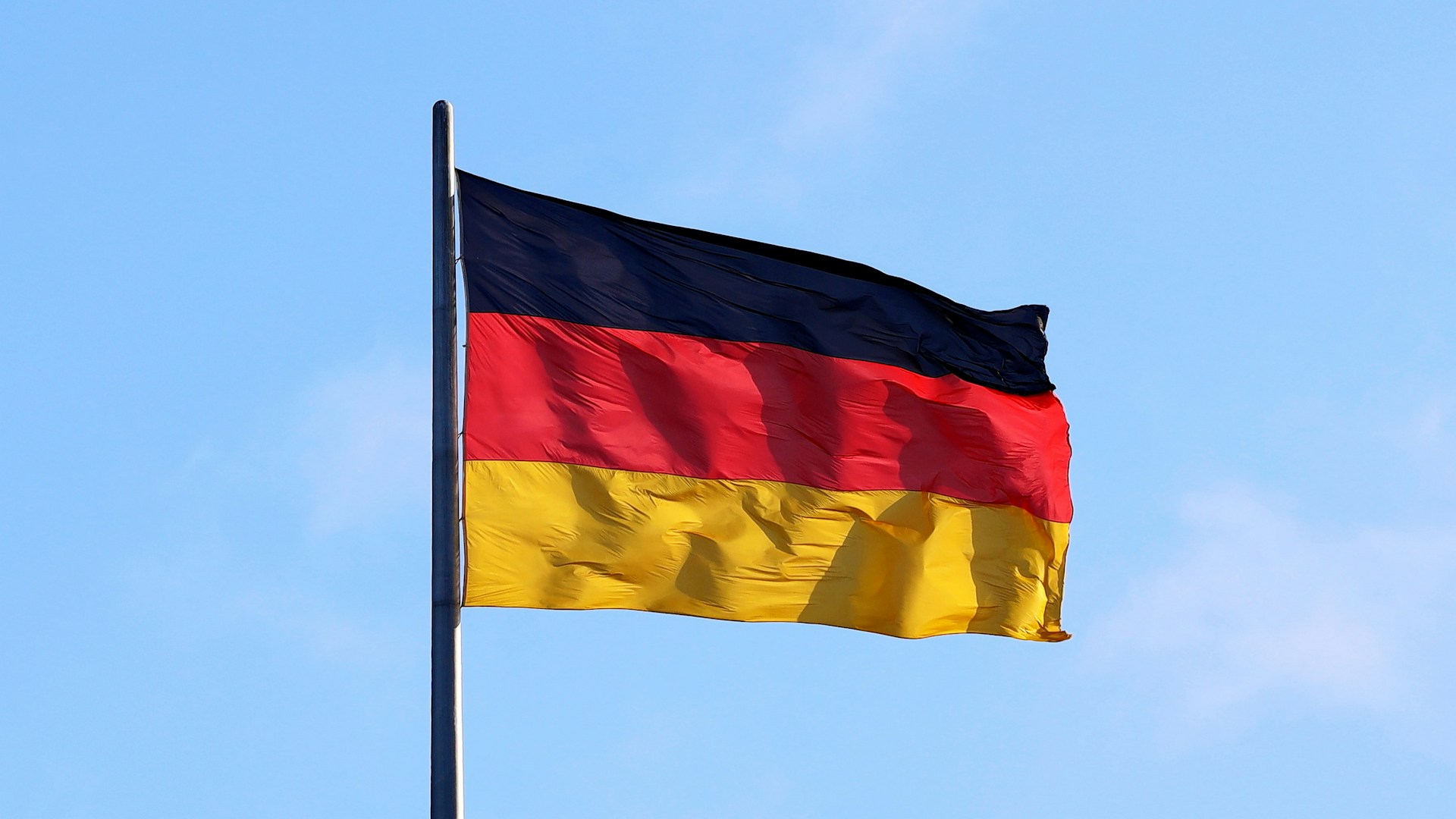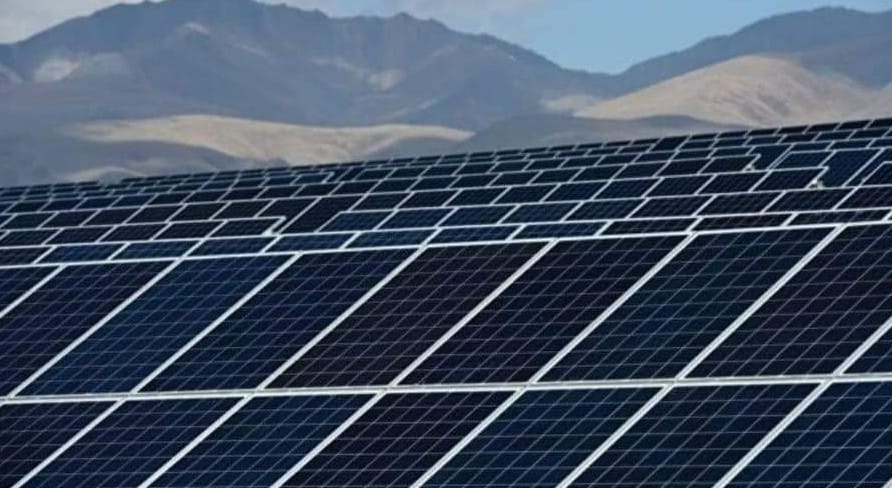Casablanca – A large-scale submarine fiber-optic cable project linking the Canary Islands to Morocco is set to begin construction in late 2025, marking a significant step toward strengthening digital connectivity between Europe and Africa. The initiative is expected to be completed and operational by the end of 2028, following approximately 42 months of construction.
The project, estimated at about $54 million, is being developed by Spanish company Islalink in partnership with Canalink, an operator owned by the Tenerife Island Council through the Institute of Technology and Renewable Energies (ITER). It has already secured $8 million in initial funding from the European Union for feasibility studies and design, along with a $21.5 million loan from the European Investment Bank to support construction.
Strategic route across the Atlantic
The planned route begins at the port of Arinaga on Gran Canaria, continues through Gran Tarajal on Fuerteventura, and makes landfall on the Moroccan coast — with the towns of Tarfaya or Boujdour identified as the most likely connection points. This strategic alignment is intended to create a high-capacity digital link across the eastern Atlantic, reinforcing the Canary Islands’ position as a regional telecommunications hub.
The cable will also integrate into a broader network of international connections. Once operational, it will complement existing systems such as the Africa Coast to Europe (ACE) cable, the West African Cable System (WACS), and the 2Africa network, significantly expanding redundancy and capacity in the region’s digital infrastructure.
Advanced technology for a resilient network
From a technical standpoint, the new submarine cable will be built with multiple layers of protection to withstand the harsh conditions of the Atlantic seabed. It will contain ultrafine glass fibers capable of transmitting modulated light pulses at extremely high speeds, supporting simultaneous transfers of voice communications, high-definition video, financial transactions, and advanced scientific data.
A key feature of the system will be its redundancy capacity. In the event of damage or disruption to another cable, data traffic can be instantly rerouted through this new link without affecting end users. For island territories and coastal regions, this ensures continuity of service and increased resilience against outages — a critical factor in today’s data-driven economies.
Part of a broader digital strategy
The project is a component of the European Union’s Connecting Europe Facility – Digital (CEF-Digital) program, which aims to enhance digital cohesion, improve cybersecurity, and boost cross-border data flows.
For the Canary Islands, this initiative aligns with broader efforts to establish the archipelago as a center for innovation and technology. Other regional projects include the Alisios satellite constellation, the expansion of ITER’s supercomputing capabilities, and the creation of new technology hubs in Tenerife. Together, these investments are designed to foster a competitive digital economy and attract private-sector partnerships.
Economic and technological benefits for the region
The benefits of the cable are expected to be wide-ranging. By diversifying data transmission routes and increasing bandwidth, the project will improve internet quality and speed for both residential and commercial users in the Canary Islands, Morocco, and other connected regions.
For Morocco, the link will complement ongoing national efforts to position the Kingdom as a digital hub for Africa and the Atlantic. Improved international connectivity will also encourage the establishment of new data centers, content delivery networks, cloud service operations, and environmental monitoring systems. These developments are expected to attract both domestic and foreign investment in the technology sector.
The project also responds to a sharp increase in global demand for digital services. The growth of cloud computing, artificial intelligence applications, and video-on-demand platforms is driving the need for high-capacity, secure, and resilient data infrastructure. By adding another high-speed route between Europe and Africa, the new cable will help meet this demand and support future technological advances.
A boost to bilateral cooperation
The initiative comes amid strengthening relations between Spain and Morocco. Since April 2022, Spain has officially recognized Morocco’s autonomy plan as the most credible framework for resolving the Sahara issue — a position that has contributed to closer economic, political, and infrastructure cooperation between the two countries.
This enhanced collaboration is evident in cross-border projects such as renewable energy development, maritime transport links, and now, advanced telecommunications infrastructure. The new submarine cable serves as both a practical and symbolic bridge between Europe and Africa, connecting two regions whose economies are increasingly interlinked.
Looking ahead
Once completed in 2028, the submarine fiber-optic cable will stand as a critical piece of digital infrastructure in the eastern Atlantic, supporting economic growth, technological innovation, and regional cooperation. With its combination of cutting-edge engineering, strategic location, and multinational backing, the project is poised to strengthen the global connectivity of both the Canary Islands and Morocco, while contributing to a more resilient and diversified international data network.





